![Eskelin, Ellery Trio New York: About (or On), First Visit [2 CDs] (ezz-thetics by Hat Hut Records Ltd) Eskelin, Ellery Trio New York: About (or On), First Visit [2 CDs] (ezz-thetics by Hat Hut Records Ltd)](https://www.teuthida.com/productImages/misc4/36056.jpg)
Reuniting for two powerful studio sessions recorded in 2011 and 2013, tenor saxophonist Ellery Eskelin, organist Gary Versace, and drummer Gerald Cleaver form Trio New York, navigating an intuitive path between free improvisation and jazz standards with soulful depth, rich allusions, and a shared language that reimagines the classic organ trio.
In Stock
Quantity in Basket: None
Log In to use our Wish List
Shipping Weight: 3.00 units
Sample The Album:
Ellery Eskelin-tenor saxophone
Gary Versace-organ
Gerald Cleaver-drums
Click an artist name above to see in-stock items for that artist.
UPC: 752156711728
Label: ezz-thetics by Hat Hut Records Ltd
Catalog ID: ezz-thetics 117-2
Squidco Product Code: 36056
Format: 2 CDs
Condition: New
Released: 2025
Country: Switzerland
Packaging: Cardboard Gatefold
Recorded at Systems Two Studios, in Brooklyn, New York, on February 10th, 2011 (CD1), and January 31st, 2013 (CD2), by Jon Rosenberg.
"Artists often include dedications to family members on the covers of their recordings. They are appreciations of roots, nurturing, and the passing of time. Ellery Eskelin's dedication on the eponymous debut of Trio New York has particular resonance since it was dedicated to his mother, Bobbie Lee, a professional organist. Lee worked in and around Baltimore from 1960 until 1966, a time when female performers were expected to have big hair, wear sequined dresses, and chat with the customers between sets.
Lee was not part of the Baltimore jazz scene per se, but of a larger post-war nightlife culture where instrumental combos had months-long stands in restaurants and hotel cocktail lounges, playing standards with a relaxed swing. Lee played all around town, from Smitty's and Merritt House in Dundalk, to the Holiday Inn and the Old Court Inn on Reisterstown Road, and the Westview Lounge and the Howard Johnson's Motor Lounge on Route 40 in Catonsville. A photo of the latter from the 1960s includes the marquee's announcement that Lee was playing its Gaslight Lounge.
Eskelin was six years old when Lee quit the circuit. Rock and roll was here to stay and Lee refused to cover Beatles tunes. Instead, she hosted house parties where she and her friends would play the standards that had been their stock in trade, which Eskelin soaked in. As he became a self-described teenage jazz snob, Eskelin became steeped in tenor players like Gene Ammons, who regularly played with organists - he recorded a tribute to Ammons, The Sun Died, in 1996. Concurrently, he became increasingly aware of Lee's depth of knowledge. Lee had come up playing organ in the Pentecostal church - where the goal was to get people on their feet and moving - so when she overheard a Horace Silver record he was spinning, she named the obscure hymn the pianist was quoting in his solo.
It wasn't until after arriving in New York in 1983 that Eskelin had his professional baptism of B3 fire, when he landed a gig with Brother Jack McDuff, playing three nights a week at Dude's in Harlem in a quartet with Dave Stryker and Joe Dukes. Throughout the '80s and into the '90s, Eskelin also occasionally played standards with Joint Venture - the quartet with Paul Smoker, Drew Gress, and Phil Haynes - and on his early recordings as a leader. Though his trajectory as a leader and a composer became increasingly outbound in the '90s and into the 2000s - his trio with Andrea Parkins and Jim Black being the quantum leap - playing standards with Lee were part of his trips home.
In 2008, her health declining, Lee gave Eskelin her organ, which he placed in the living room of his family's Manhattan apartment. It was a period when free improvisation was the sole focus of his work. Initial informal sessions improvising with keyboardists playing Lee's organ were hit and miss; some didn't know how to exploit the instrument's capacities; others had trouble working without a net; but it was enough for Eskelin to realize that he wanted to form an organ trio.
Gary Versace's name kept coming up when Eskelin asked colleagues to recommend an organist. Versace arrived in New York in 2002, leaving a tenured professorship in Oregon to freelance, indicating a willingness to take risks. A 2006 album of duets with Lee Konitz confirmed Versace's abilities in stretching standards. Then there was the eureka moment during their first meeting, when Eskelin realized their initially reference-free improvisation was unintentionally but inevitably veering towards "I Got Rhythm" changes.
Eskelin realized this was a new way to traverse the conceptual gulf between free improvisation and standards, one that did not commence with stating a theme or outlining changes before taking it out, but one that reached the core material through an intuitive path. It is an approach reliant on the recognition of the subliminal processes essential to improvisation, the gravitational pull of standards and the chthonic knowledge embedded in them, and a complete commitment to and trust in the moment. Eskelin had found his organist.
Working with everyone from Marcus Belgrave to A. Spencer Barefield, Gerald Cleaver had already developed an extensive skill set when he arrived in New York from Detroit in 2002. He was approaching ubiquity, having recently recorded with William Parker's Organ Quartet, when Eskelin tapped him for the project. Like Eskelin and Versace, Cleaver understood that "inside" and "outside" was not a simple binary, but poles between which there are innumerable shades, and was equally adept in moving through them in all directions.
What Trio New York pursues could loosely be called deconstruction, in that they foreground the tensions between the new and one's memory of and fidelity to the familiar. "How Deep is the Ocean?," "Flamingo," and several other compositions recorded by the trio, were regularly played by Lee during and after her years on the circuit, a deep well of familiarity for Eskelin. The deconstructive tension is additionally heightened by the contrast between collective improvisation spattered with inferences and allusions and the bedrock timbres of the B3 and Eskelin's 1929 Conn.
Reconstruction is an arguably more precise description of Trio New York's methods. Their approach can be likened to doing a 500-piece puzzle, sorting, connecting the straight-edged pieces, then using color or texture to fill in the picture. The composition does not come into focus in a calibrated, cinematic manner, where it is vaguely recognizable before becoming indisputably clear. Instead, there is a moment when a sufficient number of disparate shards are joined to reveal, if not the full picture, where the remaining pieces go.
Unlike the puzzle whose picture never changes, regardless of how it is put together, a standard takes on a new shape when it is realized through Trio New York's methods. Their improvised preludes promote refreshed readings studded with bright accents and pungent embellishments, reinforcing the qualities that have enabled these tunes to endure, be it the sweet sentimentality of "Memories of You" or the devil-may-care of "Just One of Those Things."
By embracing the tenets of free improvisation - experimentation, discovery, and, on a good night, elucidation - Trio New York has transformed the history-saturated sound of tenor, B3, and drums, one that for decades exuded Saturday Night Function, a sound that is secular yet congregational, brimming with traditional jazz messages of conviviality and connection. They serve up a new recipe for cooking with grease."-Bill Shoemaker, September 2024
Artist Biographies
• Show Bio for Ellery Eskelin "For the past thirty years Ellery Eskelin has been at the forefront of the global creative improvised music scene. Based in New York City, he has traveled widely performing, recording and amassing a very personal and iconoclastic body of work. And yet Ellery Eskelin has always remained deeply committed to the traditions of jazz and American music. Eskelin embodies this seeming contradiction with ease. He does not see jazz as a style or idiom but as a process. Further, a process of creative development that has great relevancy to our time. In this pursuit Eskelin consistently delivers to the listening public unadulterated, passionate music with no excuses and no apologies. Ellery Eskelin (born 1959) was raised in Baltimore and began playing the tenor saxophone at age ten, inspired by his mother "Bobbie Lee" who played Hammond B3 organ professionally in the early sixties. In 1983 Eskelin moved to New York City and in 1987 began recording with the cooperative group Joint Venture which also began his exposure on the European international touring circuit. Soon after, Eskelin formed the first of many projects as a leader beginning with a trio comprised of bassist Drew Gress and drummer Phil Haynes followed by a short lived group featuring Joe Daley on tuba and Arto Tuncboyaciyan on bakdav drums and percussion. In 1992 Eskelin joined drummer Joey Baron's group, "Baron Down" (instrumentation of drums, trombone and saxophone), an experience that proved to be an important catalyst in his own work fostering an increased interest in new and unusual instrumentation. In 1994 Eskelin formed the group most often associated with him including accordionist Andrea Parkins and drummer Jim Black. To date he has written over 50 compositions for this group, each of which has been documented on a series of CD releases on the Swiss hatHUT record label. The band has toured regularly and performed hundreds of concerts in the US, Canada and throughout Europe during the past twenty years. Eskelin's most recent project is "Trio New York" featuring organist Gary Versace and drummer Gerald Cleaver. "Trio New York" takes a free approach to the great American songbook, bringing Eskelin full circle to his musical beginnings while addressing his varied musical journeys since then. Along the way Eskelin has done a number of side projects including a group featuring guitarist Marc Ribot and drummer Kenny Wollesen dedicated to the music of Gene Ammons, improvisatory duos with Dutch drummer Han Bennink, an improvising ensemble consisting of strings, vibraphone and saxophone and most recently a group featuring Susan Alcorn on pedal steel guitar and bassist Michael Formanek. Over the years Eskelin has developed a number of other important associations with musicians such as Gerry Hemingway, Mark Helias, Sylvie Courvoisier, and Bobby Previte. As a side-person Eskelin has worked with a broad cross section of jazz, avant-pop and new-music figures such as organist Brother Jack McDuff, composer Mikel Rouse, guitarist Eugene Chadbourne, oud player and composer Rabih Abou-Khalil, drummer Daniel Humair and the pseudo-group "The Grassy Knoll" among many others. Eskelin's recordings as a leader and co-leader (there are currently twenty) have been named in Best of the Year critics' polls in the New York Times, The Village Voice , and major jazz magazines in the US and abroad. He also appears on over fifty recordings as a side person. DownBeat Magazine named Eskelin as one of the 25 Rising Stars for the Future in its January 2000 issue ("...players who not only insure the music's survival but promise to take it to the next level") as well as including him in their Annual Critics Polls nearly every year since then. Eskelin was a nominee for the prestigious Danish Jazzpar award in 2003 and was the recipient of a Chamber Music America French-American Exchange grant in 2007 and in 2014 as well as a Chamber Music America New Jazz Works grant in 2009." ^ Hide Bio for Ellery Eskelin • Show Bio for Gary Versace "Since basing himself in NYC in 2002, originally hailing from Cos Cob, CT, jazz pianist, organist and accordionist Gary Versace has become one of the busiest and most versatile musicians on the scene, often featured in bands led by musicians such as John Scofield, John Abercrombie, Al Foster, Regina Carter, Maria Schneider, Madeleine Peyroux, Matt Wilson, Joe Magnarelli, Andy LaVerne, Adam Nussbaum, Brad Shepik, Ingrid Jensen and many others. Recent CD releases include appearances as pianist on Ralph Alessi's 'Quiver" (ECM records) which received 4.5 stars in Downbeat, as accordionist on Maria Schneider's Grammy-winning 'The Thompson Fields,' as Hammond organist on Ellery Eskelin's 'Trio Willisau: Live' and Rich Perry's 'Organique,' and on all three instruments on Kurt Elling's 'Passion World.' Versace won the "Rising Star' category on the Hammond organ in Downbeat's Critic's Poll in 2009 and 2010, and has placed in the primary Organ category consistently for the last 5 years. He won the Jazz Jounalists' Association's "Best Organist" award in 2012, and his work has been reviewed and featured in many national and international publications. He appeared twice as a guest on Marian McPartland's acclaimed NPR show 'Piano Jazz,' and McPartland has described him as '...endlessly inventive...(Versace) really has an extraordinary talent.' He has several CD's under his own name on the SteepleChase and Criss Cross labels, and has appeared as a guest on almost 75 more. Gary Versace has a masters degree in music performance from the Eastman School of Music, and spent eight years as a tenured associate professor in the jazz studies department at the University of Oregon. He remains active as a clinician and guest soloist both nationally and around the world." ^ Hide Bio for Gary Versace • Show Bio for Gerald Cleaver "Gerald Cleaver (born May 4, 1963) is an African-American jazz drummer from Detroit, Michigan. Cleaver's father is drummer John Cleaver Jr., originally from Springfield, Ohio, and his mother was from Greenwood, Mississippi. Gerald had six older siblings. Cleaver joined the jazz faculty at the University of Michigan in 1995. He has performed or recorded with Joe Morris, Mat Maneri, Roscoe Mitchell, Miroslav Vitous, Michael Formanek, Tomasz Sta ko, Franck Amsallem and others. Under the name Veil of Names, Cleaver released an album called Adjust on the Fresh Sounds New Talent label in 2001. It featured Maneri, Ben Monder, Andrew Bishop, Craig Taborn and Reid Anderson and was a Best Debut Recording Nominee by the Jazz Journalists Association. Cleaver currently leads the groups Uncle June, Black Host, Violet Hour and NiMbNl as well as working as a sideman with many different artists." ^ Hide Bio for Gerald Cleaver
5/5/2025
Have a better biography or biography source? Please Contact Us so that we can update this biography.
5/5/2025
Have a better biography or biography source? Please Contact Us so that we can update this biography.
5/5/2025
Have a better biography or biography source? Please Contact Us so that we can update this biography.
Track Listing:
CD1
1. About (or On)...Rumination (Ellery Eskelin) Memories of You (Eubie Blake) 16:47
2. About (or On)...Monk (Ellery Eskelin) Off Minor (Thelonious Monk) 13:30
3. About (or On)...Conjuring (Ellery Eskelin) Witchcraft (Cy Coleman) 15:20
4. About (or On)...Desire (Ellery Eskelin) Lover Come Back to Me (Sigmund Romberg) 15:01
5. About (or On)...Endless (Ellery Eskelin) How Deep is the Ocean (Irving Berlin) 14:09
CD2
1. About (or On)...Celestial (Ellery Eskelin) The Midnight Sun (Lionel Hampton & Sonny Burke) 08:49
2. About (or On)...Happenstance (Ellery Eskelin) Just One of Those Things (Cole Porter) 12:15
3. About (or On)...Monk (Ellery Eskelin) We See (Thelonoius Monk) 09:14
4. About (or On)...Aspiration (Ellery Eskelin) My Ideal (Richard A. Whiting & Newell Chase) 08:56
5. About (or On)...Regret (Ellery Eskelin) After You've Gone (Turner Layton)12:10
6. About (or On)...Flame (Ellery Eskelin) Flamingo (Ted Grouya & Edmund Anderson) 05:48
Hat Art
Improvised Music
Jazz
Jazz & Improvisation Based on Compositions
Melodic and Lyrical Jazz
NY Downtown & Metropolitan Jazz/Improv
Trio Recordings
New in Improvised Music
Recent Releases and Best Sellers
Search for other titles on the label:
ezz-thetics by Hat Hut Records Ltd.


![Eskelin, Ellery Trio New York: About (or On), First Visit [2 CDs] (ezz-thetics by Hat Hut Records Ltd) Eskelin, Ellery Trio New York: About (or On), First Visit [2 CDs] (ezz-thetics by Hat Hut Records Ltd)](https://www.teuthida.com/productImages/full/36056.Full.jpg)
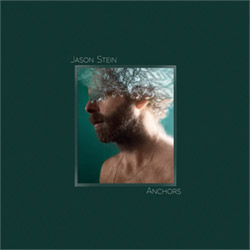
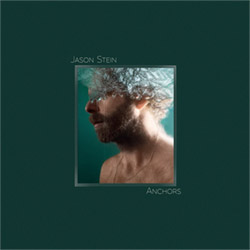
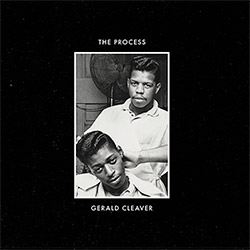
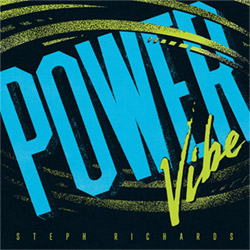
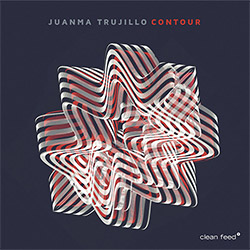
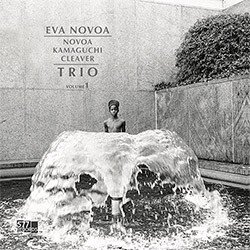
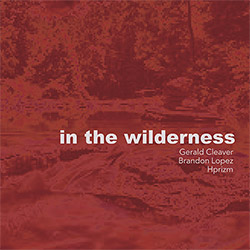
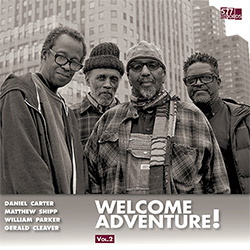
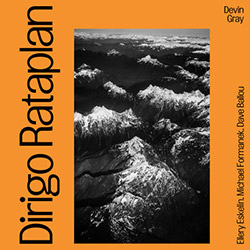
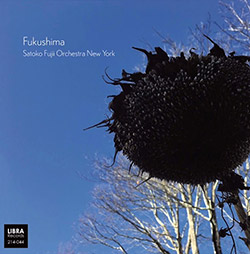
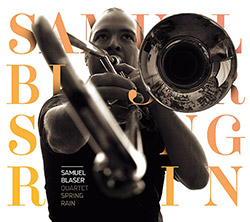
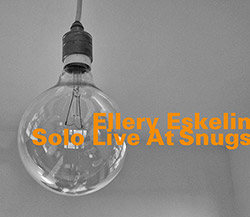
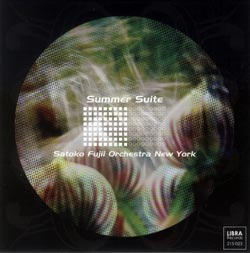
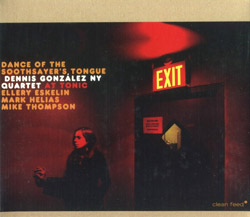
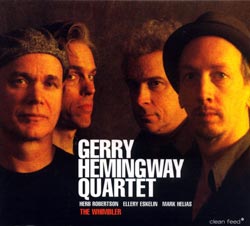

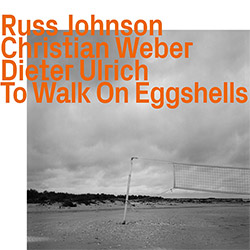
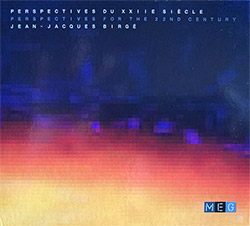
![Nakayama, Tetsuya: Edo Wan [CASSETTE w/ DOWNLOAD]](https://www.teuthida.com/productImages/misc4/36105.jpg)
![Rolando, Tommaso / Andy Moor : Biscotti [CASSETTE w/ DOWNLOADS]](https://www.teuthida.com/productImages/misc4/36106.jpg)
![Lehman, Steve Trio + Mark Turner: The Music of Anthony Braxton [VINYL]](https://www.teuthida.com/productImages/misc4/35641.jpg)
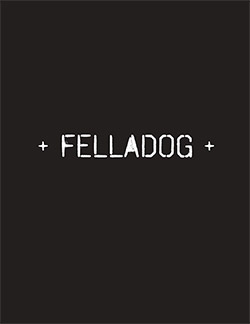
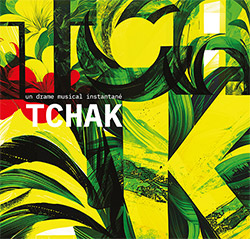
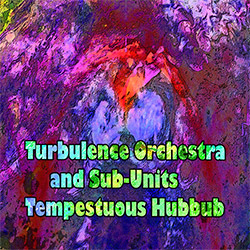
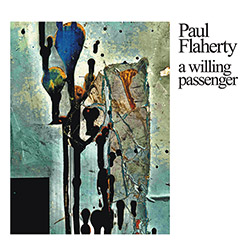
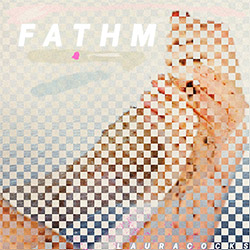
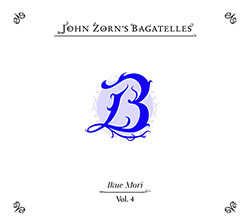
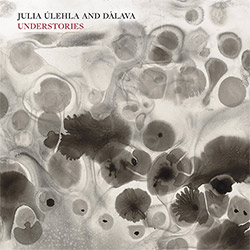
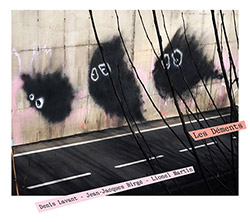
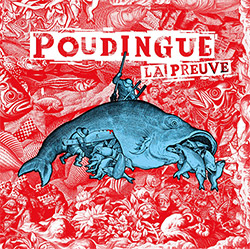
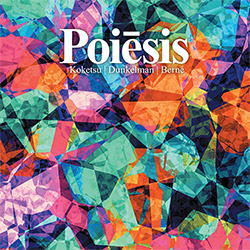
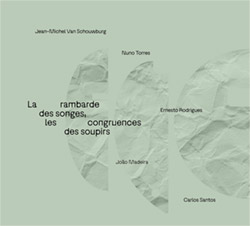
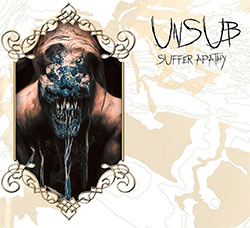
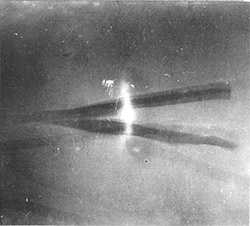
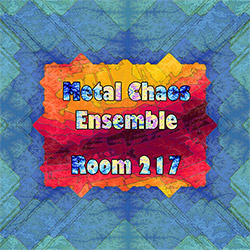
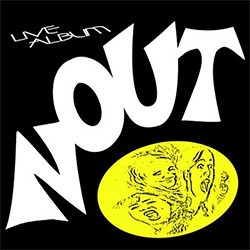
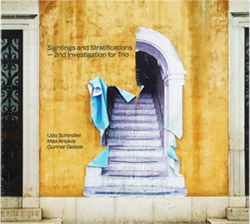
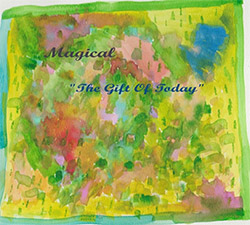
![Segel, Jonathan / Chaos Butterfly: Hall of Mirrors [2 CDs]](https://www.teuthida.com/productImages/misc4/36026.jpg)
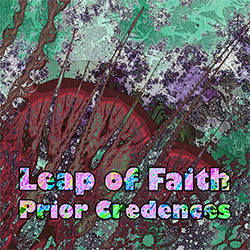
![Taylor, Cecil Quintet (w/ John Coltrane / Kenny Dorham / Chuck Israels / Louis Hayes): Stereo Drive + 2 Bonus Tracks (limited Edition) [VINYL]](https://www.teuthida.com/productImages/misc4/35811.jpg)
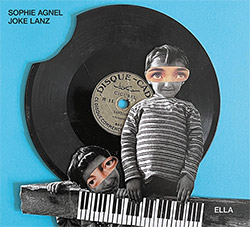
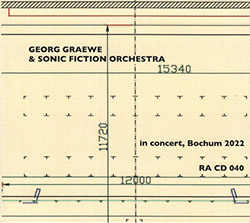
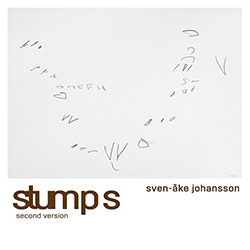
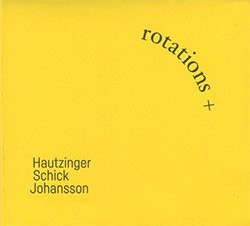
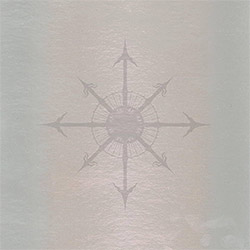
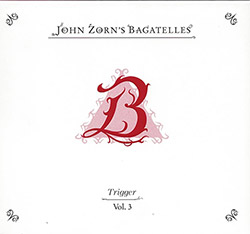
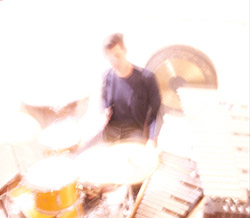
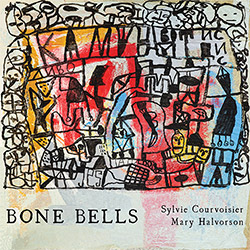
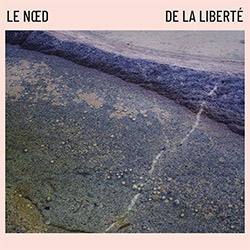
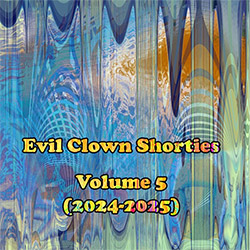
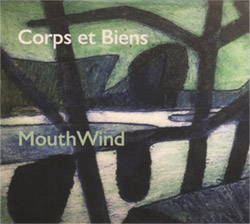
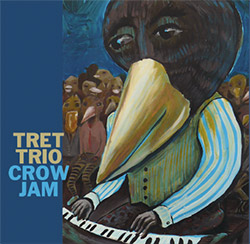
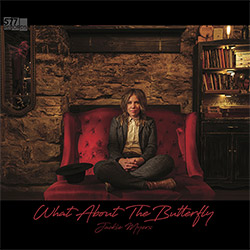
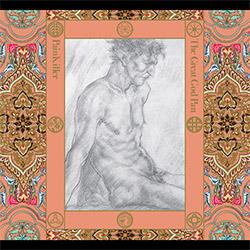
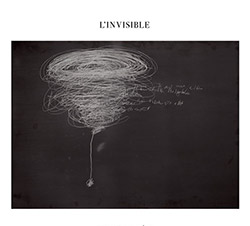
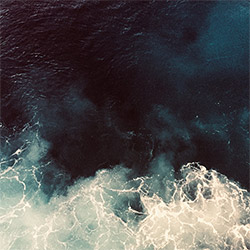
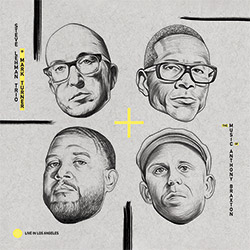
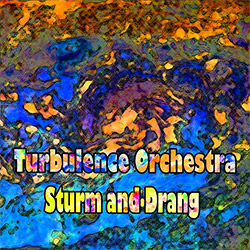
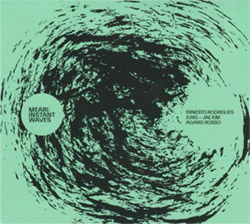
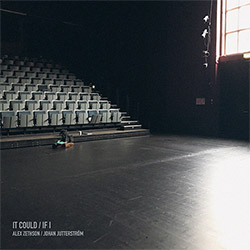
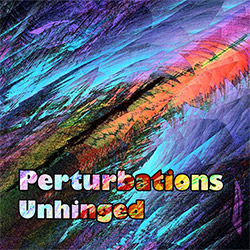
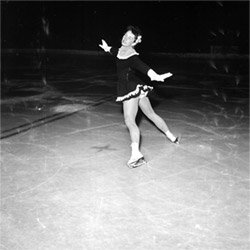
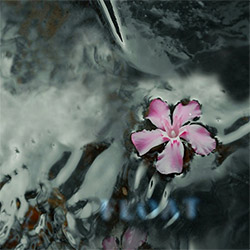
![Yiyuan, Liang / Li Daiguo: Sonic Talismans [VINYL]](https://www.teuthida.com/productImages/misc4/35957.jpg)
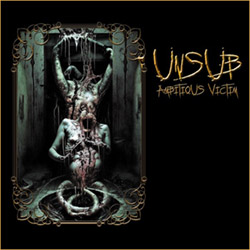
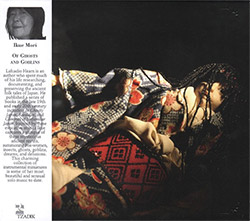
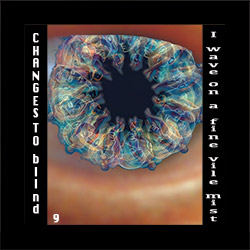

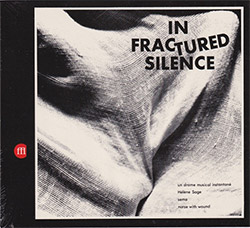
![111 (Michelle / Villamil): Live at Opus 40 [CASSETTE]](https://www.teuthida.com/productImages/misc4/35986.jpg)
![del Pino, Francisco / Charlotte Mundy: The Sea [CASSETTE]](https://www.teuthida.com/productImages/misc4/35987.jpg)

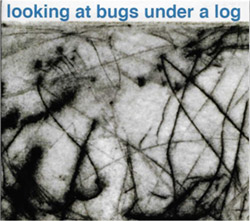
![Niblock, Phill / Anna Clementi / Thomas Stern: Zound Delta 2 [VINYL]](https://www.teuthida.com/productImages/misc4/34623.jpg)
![Myers, David Lee : Tin Drop Tear [BOOK w/ DOWNLOAD]](https://www.teuthida.com/productImages/misc4/36030.jpg)
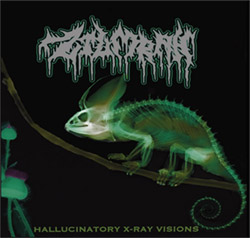
![Ackerley / Prymek / Turner: All Hope With Sleeping Minds [CASSETTE]](https://www.teuthida.com/productImages/misc4/35950.jpg)
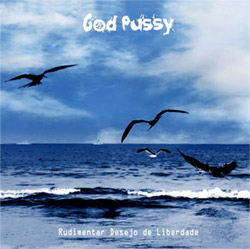
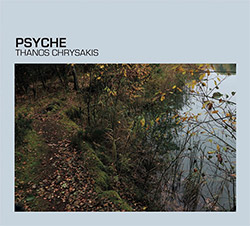
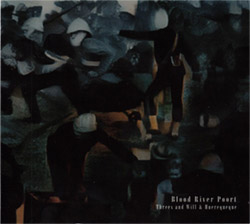
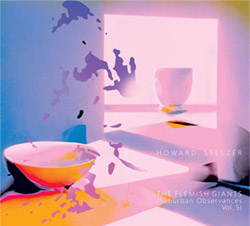
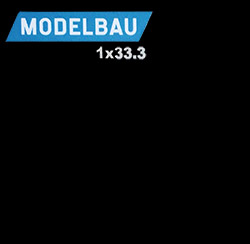
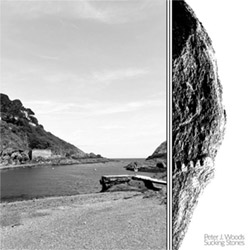
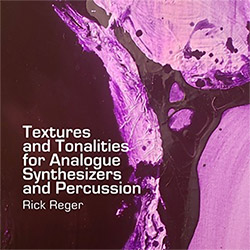
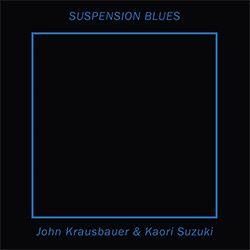
![Olencki, Weston : Pearls Ground Down To Powder [VINYL]](https://www.teuthida.com/productImages/misc4/35956.jpg)
![Myers, David Lee: Oculus [2CDs]](https://www.teuthida.com/productImages/misc4/35857.jpg)
![Laubrock, Ingrid: Purposing The Air [2 CDs]](https://www.teuthida.com/productImages/misc4/35639.jpg)
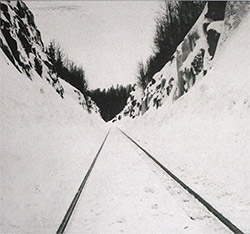
![Yoko, Ono / The Great Learning Orchestra: Selected Recordings From Grapefruit [2 CDs]](https://www.teuthida.com/productImages/misc4/35841.jpg)
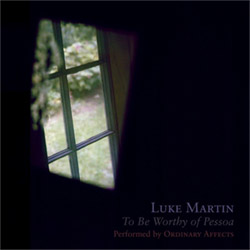
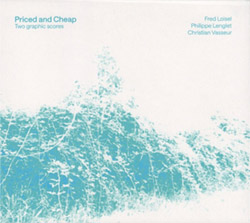
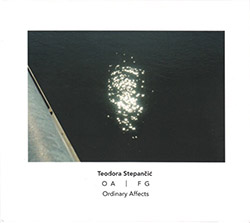
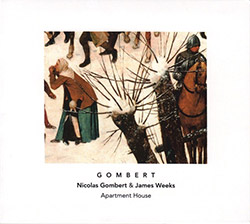
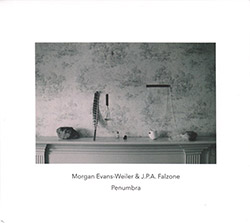
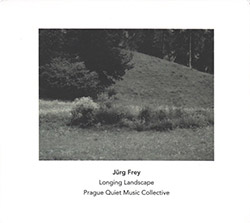
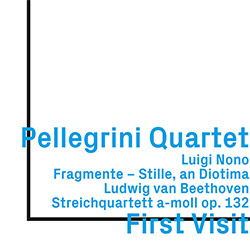
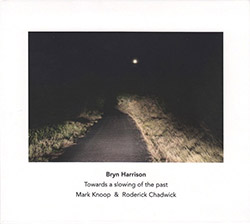
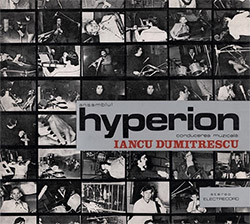
![Zorn, John / JACK Quartet: The Complete String Quartets [2 CDs]](https://www.teuthida.com/productImages/misc4/35609.jpg)
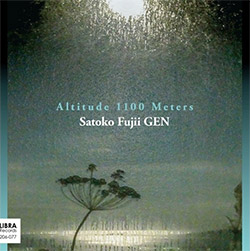
![Lonsdale, Eden: Dawnings [2 CDs]](https://www.teuthida.com/productImages/misc4/35480.jpg)
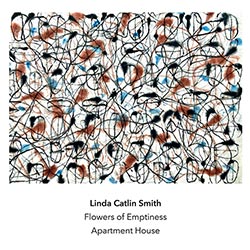
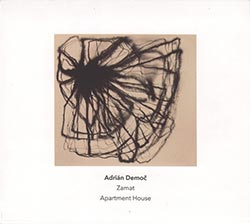

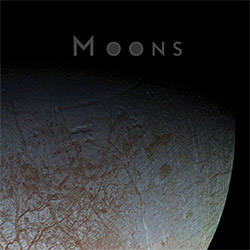
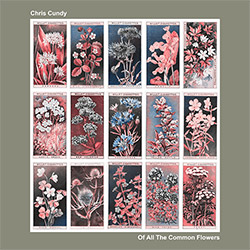
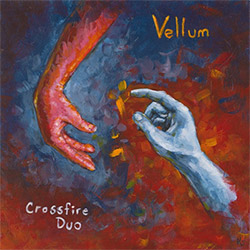
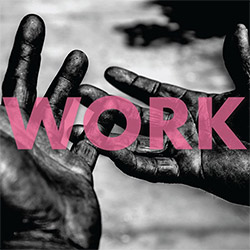
![Sanna, Claudio: Compositori Sardi Contemporanei II [2 CDs]](https://www.teuthida.com/productImages/misc4/35317.jpg)
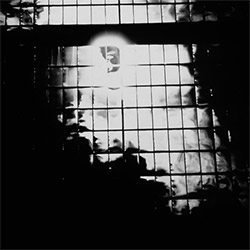
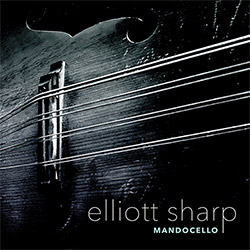
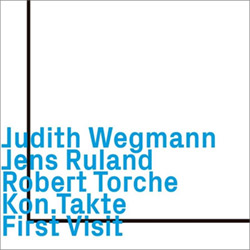
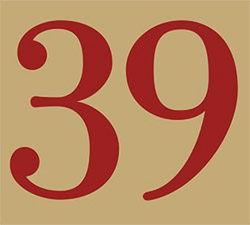
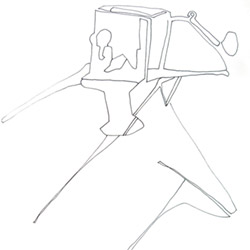
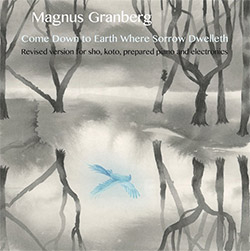
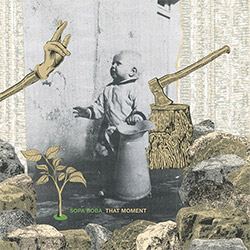
![Electric Bird Noise / Derek Roddy: 8-10-22 [CD EP]](https://www.teuthida.com/productImages/misc4/35970.jpg)
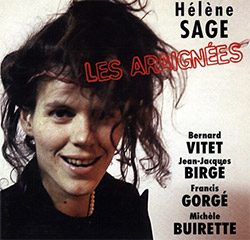

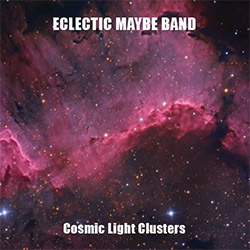
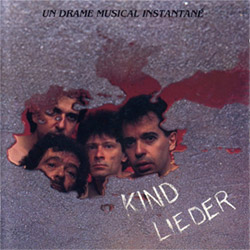
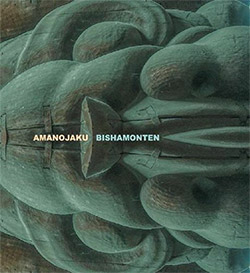
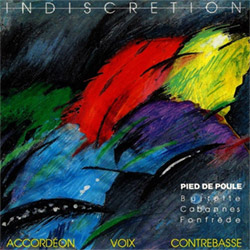
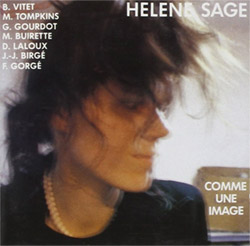
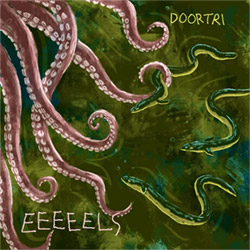
![Elephant9 : Mythical River [VINYL]](https://www.teuthida.com/productImages/misc4/34624.jpg)
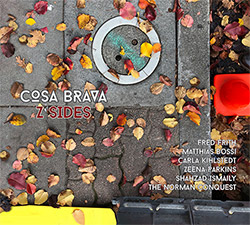
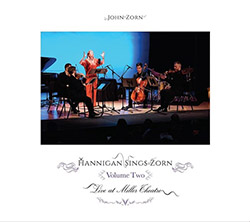
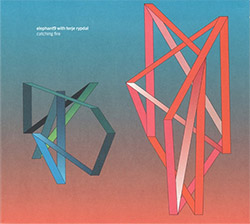
![Elephant9 with Terje Rypdal: Catching Fire [VINYL 2 LPs]](https://www.teuthida.com/productImages/misc4/35355.jpg)
![Deerlady (Obomsawin, Mali / Magdalena Abrego): Greatest Hits [VINYL]](https://www.teuthida.com/productImages/misc4/34876.jpg)
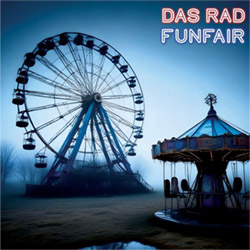
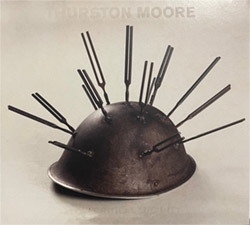
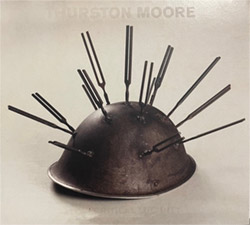
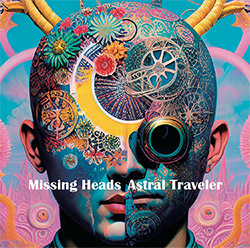
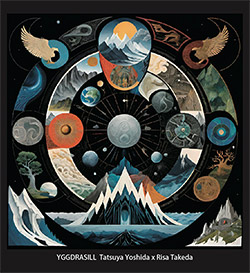
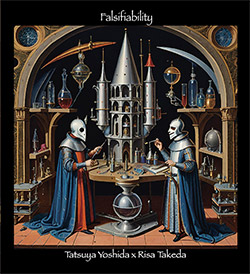
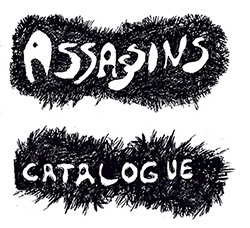
![Surplus 1980: Illusion of Consistency [CD]](https://www.teuthida.com/productImages/misc4/35069.jpg)
![Staiano, Moe: Away Towards the Light [VINYL + DOWNLOAD]](https://www.teuthida.com/productImages/misc4/35037.jpg)
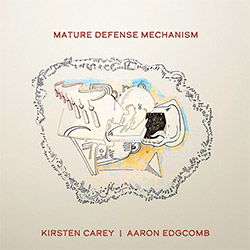
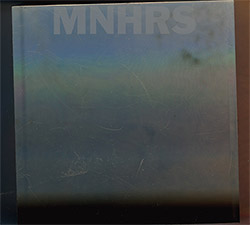
![Coley, Byron: Dating Tips for Touring Bands [VINYL]](https://www.teuthida.com/productImages/misc4/17906.jpg)
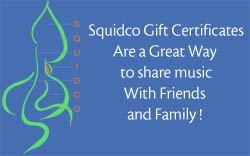
![Lost Kisses: My Life is Sad & Funny [DVD]](https://www.teuthida.com/productImages/misc4/lostKissesDVD.jpg)